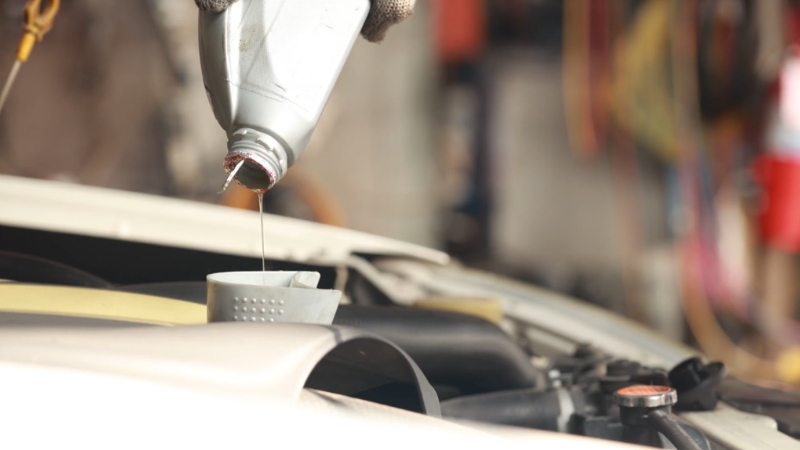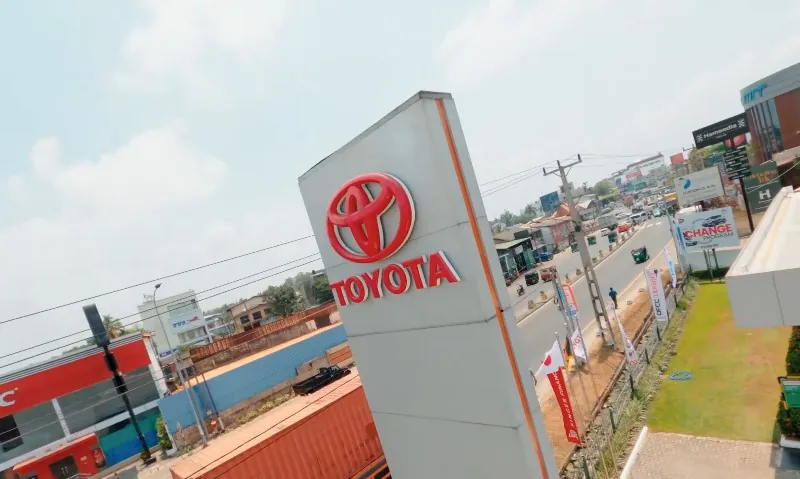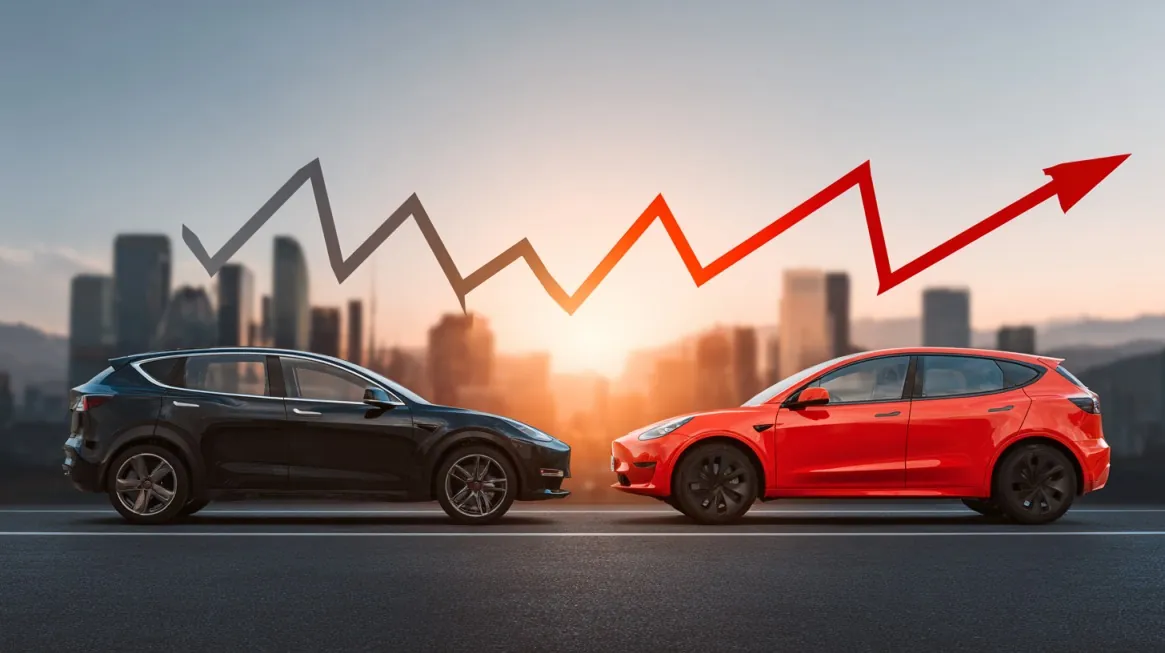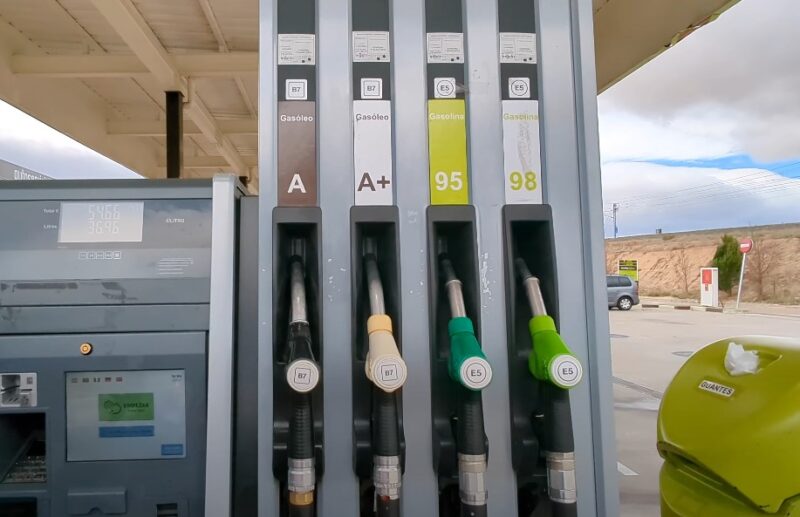
Share Post:
Let’s cut to the chase—when it comes to fueling your ride, LPG (aka propane) and petrol (aka gasoline) are like two cousins at a family BBQ.
One’s the flashy regular with a crowd of fans (gasoline), and the other? A bit quieter, maybe underappreciated, but surprisingly capable if you give it a shot (propane).
The question isn’t just which is cheaper or which pollutes less, but which makes the most sense for you—your wallet, your lifestyle, your commute.
Let’s break it down.
Table of Contents
ToggleA Table for Quick Reference
| Metric | Propane (LPG) | Gasoline (Petrol) |
|---|---|---|
| Initial Vehicle Cost | Higher (conversion $6k–$12k) | Lower for standard vehicles |
| Fuel Price (Oct 2024) | $3.35/gal | $3.25/gal |
| Fuel Economy | 5–10% less mpg (optimized=5%) | Baseline (e.g., 25 mpg) |
| Maintenance Cost | Up to 50% less | Standard (e.g., $0.05/mi) |
| CO2, CO, NOx Emissions | Lower (approx. 15%,30%,50%) | Higher |
| Public Fueling Stations | ~1,300 in U.S. | 100k+ |
| Safety | Pressurized, high ignition temp | Familiar but more flammable |
| Incentives | $0.50/gal credit, infra help | Fewer direct incentives |
Cost Breakdown
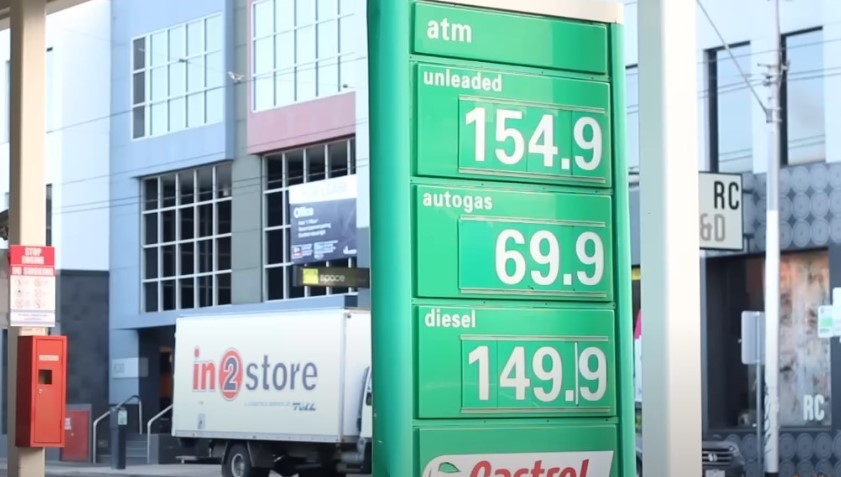
The financial part is something that most people will think about, at least initially. Here’s a breakdown.
Initial Outlay
Anybody who has ever seen the price tag for a propane conversion kit knows it can be a shock.
According to Ontario.ca, converting a gasoline vehicle to propane runs anywhere from $6,000 to $12,000, depending on the type of engine, the complexity of the setup, and labor rates in the region.
Dedicated propane-powered models also cost more than the equivalent petrol versions right off the dealership lot. High-mileage fleet operators often bite the bullet, certain that the long-term math will eventually make sense.
They rack up enough driving miles to spread that initial conversion expense over an extended period, effectively recouping costs.
Individual consumers sometimes decide it’s not worth the extra financial leap, especially if the yearly mileage is closer to weekend grocery-getting than cross-country trucking.
Fuel Price
Propane has a reputation for volatility in pricing. In October 2024, Alternative Fuels Data reported that propane in the United States hovered around $3.35 per gallon, while gasoline sat at around $3.25 per gallon.
On paper, that appears to give the edge to petrol. Yet propane has recorded lower prices at various points in recent history: data from mid-2023 showed propane at $3.25 per gallon versus gasoline at $3.59.
In a number of regions, bulk contracts can drop propane’s price by 30–50% below retail rates, especially for commercial fleets buying large quantities. It’s a bit of a roller coaster. Market forces fluctuate.
Certain years see propane come out cheaper on average, while other stretches allow petrol to claim the cheaper label. High-mileage drivers equipped with bigger tanks or bulk-purchase agreements may enjoy lower costs per mile than the everyday motorist gassing up at the corner station.
Fuel Economy in Action
Fuel economy, measured in miles per gallon (mpg), isn’t the same across the two fuels. Propane has a lower energy density, so a vehicle that gets 25 mpg on petrol might register anywhere from 5–10% less on propane, depending on the engine.
For example, that 25 mpg might become 22.5 mpg in a less-optimized vehicle. However, a higher octane rating in propane (104–112 compared to 87–92 in most gas blends) allows for engine tuning that recovers some of that loss.
Newer propane systems—especially those created from the ground up to run on propane—are known to pull off a 5% drop or less in mpg.
That margin is small enough for many fleet operators to shrug off the difference, given the potential cost savings and reduced engine wear.
Maintenance Matters
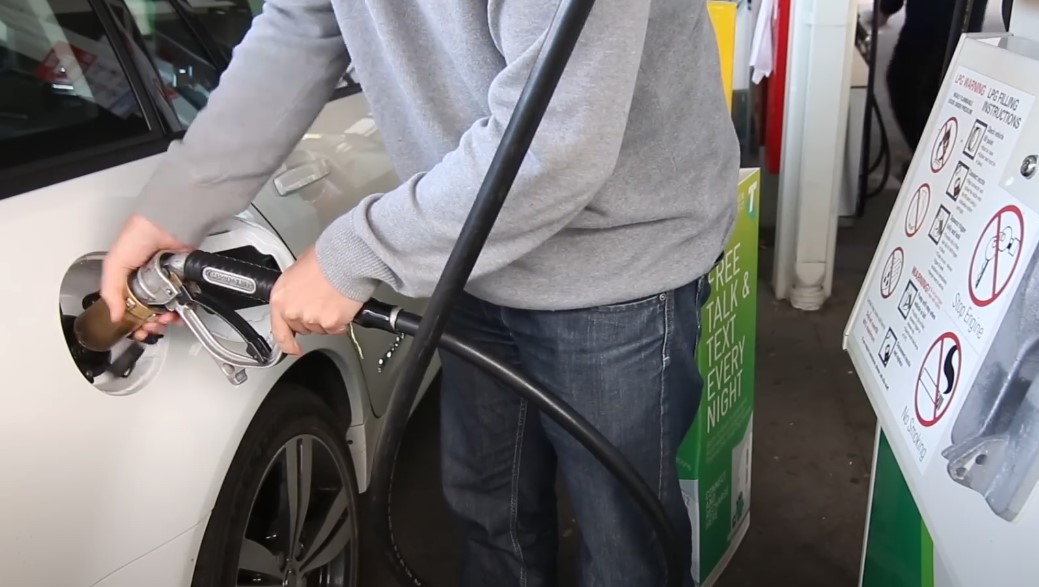
Lower maintenance costs can be a huge win for drivers—fewer breakdowns, fewer parts to replace, and less engine gunk building up. Propane produces cleaner combustion.
That means spark plugs and oil remain fresher for longer, and components endure less strain. Reports vary, but the general consensus suggests a 50% decrease in maintenance costs for propane vehicles compared to gasoline equivalents.
For instance, a petrol-powered vehicle might rack up $0.05 per mile in maintenance, whereas propane drops that figure to around $0.025.
Over a year of high-mileage use, that reduction piles up. High-mileage fleet operators see enough savings to offset the initial conversion.
Occasional drivers might wait a long time to see the break-even point, depending on local fuel prices and personal driving patterns.
- A study by the Land of Enchantment Clean Cities Coalition found that propane autogas reduced lifetime fuel and maintenance costs by $20,000 compared to the next best alternative fuel in mid-sized transit buses.
- Delaware Area Rapid Transit (DART) reported a 36% reduction in cost per mile with propane autogas buses, equating to 19 cents per mile for propane versus 30 cents per mile for gasoline buses.
Performance Perks The term “high octane” can sound like marketing hype, but it carries real engineering significance. A fuel with a higher octane rating is less likely to knock (the dreaded pinging sound caused by improper fuel detonation), just like premium fuel.
Propane’s rating can range between 104 and 112, outpacing standard petrol. Engineers can dial up compression ratios and ignition timing, boosting overall efficiency and potentially nudging horsepower upward.
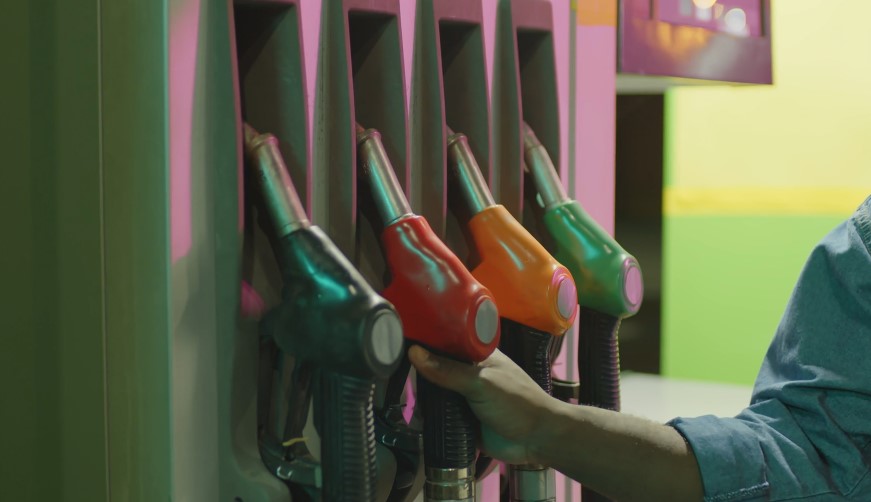
In everyday terms: that pick-up truck or sedan might feel more lively when accelerating up a steep grade, provided the engine was actually designed or tuned to maximize propane’s benefits.
On the other hand, a stock engine not optimized for propane might deliver performance that’s quite close to petrol—a barely perceptible difference. Many drivers who put their vehicles through frequent heavy hauling or high-stress conditions spot fewer mechanical issues over time.
Propane’s cleaner combustion leads to reduced carbon deposits, letting mechanical parts breathe easier for longer. Emissions Comparison Environmental concerns continue to grow, so it’s worth looking at how each fuel measures up. Propane achieves:
- 15% lower CO2 emissions (approximate)
- 30% lower carbon monoxide emissions
- 50% lower nitrogen oxide (NOx) emissions
- Barely any particulate matter
Petrol, on the other hand, is a well-known contributor to air pollution. Nobody doubts it’s more readily available and widely used, but it typically emits more greenhouse gases and other pollutants per mile.
Regions aiming to cut down on smog and greenhouse gas levels often push for alternative fuels, and propane fits comfortably into that category. For those who want to lighten their environmental footprint but aren’t ready (or able) to go full electric, propane may land in a sweet spot on the eco-friendly continuum.
Those traveling across the country in search of propane might end up playing a game of “Where’s Waldo?” There are roughly 1,300 public propane stations in the U.S., dwarfed by the 100,000+ gasoline stations.
Long-haul drivers or adventurers who rely on random pit stops could be out of luck—lack of infrastructure is a real constraint for everyday use. Fleet operators, however, can install on-site fueling setups.
That eliminates public station scarcity and simplifies logistics (it’s like having a personal gas station right in the backyard). Government incentives, including a tax credit of 30% of the station’s cost (capped at $30,000), encourage bigger businesses and public entities to set up dedicated propane fueling hubs.
That move solves the infrastructure obstacle nicely for any high-mileage operation. Individual owners willing to plan routes carefully can still manage propane refills, though it takes a bit more forethought.
The typical motorist who rarely leaves city boundaries might find a couple of propane stations nearby—just enough for day-to-day errands. Safety and Government Support Propane is stored in pressurized tanks engineered with a series of shut-off valves and fail-safes.
The ignition temperature is higher than gasoline’s flash point, which cuts down on the risk of accidental ignition. A typical worry about “pressurized tanks” sometimes crops up in casual conversation, but data shows modern propane systems operate with robust safety standards in place.
Also, historically, the federal government provided a tax credit of $0.50 per gallon for the use of propane as an alternative motor fuel. This credit was part of the Alternative Fuel Tax Credit (AFTC) program.
However, according to Transport Project, this credit expired on December 31, 2024, and as of April 2025, it has not been renewed.
Summary
At the end of the day, personal or commercial economics play a central role in picking the winner. Propane can produce ample savings, cut back on smog, and treat engines gently—so long as the initial sticker shock can be tackled and local refueling is workable.
Petrol remains the tried-and-true choice for broad accessibility and lower upfront costs. Each fuel has a valid claim to the throne, so the best call depends heavily on annual mileage, local station networks, and how much money is burning a hole in the pocket for a new conversion.
Word to the wise: weigh the long game. There’s a chance that propane’s see-saw pricing, combined with a suitable government rebate, tips the scales in favor of an alternative fueling setup.
On the flip side, traditional gasoline stations still rule the highways and byways from coast to coast. In other words, the champion is the one that best suits the driver’s priorities. When the dust settles, technology, economics, and personal driving habits all influence the grand verdict.
References
- ontario.ca – Vehicle Conversion to Natural Gas or Biogas
- afdc.energy.gov – Fuel Prices
- eia.gov – Petroleum & Other Liquids
- static1.squarespace.com – Propane Autogas, the lowest cost and maintenance mid-sized transit fuel available
- masstransitmag.com – How Paratransit Fleets are Lowering Costs and Emissions With Propane Autogas
- transportproject.org – Hundreds Sign Letter in Support of $0.50/Gallon AFTC Extension
Related Posts:




